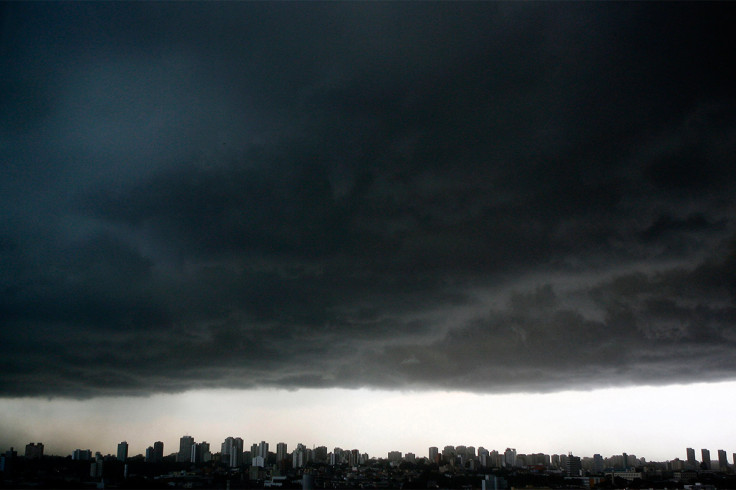Climate change deal: US to submit national plans before deadline, many nations delay process

The United States is expected to submit to the UN its plans to check carbon emissions early this week to meet the informal March 31 deadline.
Most big polluters have failed to come up with their Intended Nationally Determined Contributions (INDCs), delaying groundwork on a global climate deal due in Paris this December.
The US plans to cut its emissions by 26-28 percent below 2005 levels by 2025.
The US submission follows national strategies beyond 2020 presented by the 28-nation European Union, Mexico, Switzerland and Norway, which together account for about a third of world greenhouse emissions.
Other big emitters like China, India, Russia, Brazil, Canada and Australia are waiting for a date closer to the Paris summit.
"It's not the ideal situation," said Niklas Hoehne, founding partner of the New Climate Institute in Germany which tracks the national strategies.
At Lima, the United Nations invited the voluntary INDCs by March 31, 2015.
The deadline was meant to give time to compare pledges and toughen weak ones.
Many nations are seeking a review mechanism of the INDCs for equity-based burden-sharing
keeping emissions control in mind.
The 1992 Kyoto protocol was based on the common but differentiated responsibilities that places the onus on rich nations, who are responsible for a large chunk of the emissions so far, to now allow the rest of the world to grow (emit) while avoiding emissions.
This should be done by transfer of funds and technology that would make the transition less costly.
Mexico on Friday became the first developing nation to make a pledge, saying its emissions would peak by 2026.
The World Resources Institute, while noting rich nations should be leading the initiative, believes the INDCs will fall short of emission cuts needed to limit temperatures to 2 degrees Celsius above pre-industrial times, the threshold set by Intergovernmental Panel on Climate Change (IPCC) to avert irreversible climate change.
Emission figures
While the EU climate deal looks at cutting emissions to 40% below 1990 levels by 2030, UK's Climate Change Act passed in 2008 binds the country to reduce emissions to 80% below 1990 levels by 2050.
Currently, China heads the list of carbon emitters, followed by the US, India, Russia and Japan.
China has pledged to peak its carbon emissions around 2030. Both the US and China have agreed to converge their per capita emissions at 12 tonnes in 2030.
Australia's total emissions are a mere 1.5% of the total figure, but its per capita emissions are very high at 16.9 tonnes as against China's 6.2, India's 1.7 or a 17 for the US and Saudi Arabia.
The world has room for less than 1,000 billion tonnes of emissions before irreversible climate change sets in. On an average, around 35 billion tonnes of carbon dioxide is emitted into the atmosphere every year.
Going by present trends, China is expected to take up 30% of the global carbon budget left, while the US will pick 10%, EU 6.5% and leave 36% for the developing world on the whole.
Net global emissions of carbon must drop 40-70% by 2050, hitting zero by the end of the century, the IPCC has said while calling for a gradual phasing out of fossil fuels by the end of the century.
To cut emissions totally will mean limiting carbon dioxide levels in the atmosphere to 450 parts per million (ppm) by 2100. At present it hovers around 400ppm.
© Copyright IBTimes 2025. All rights reserved.





















